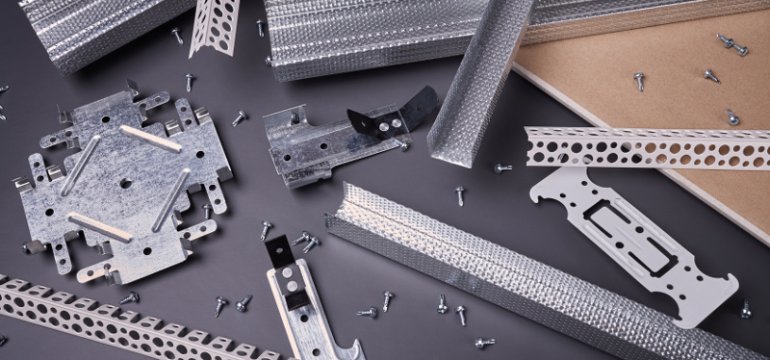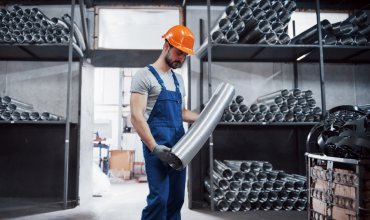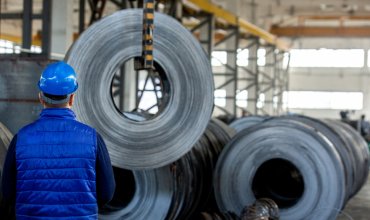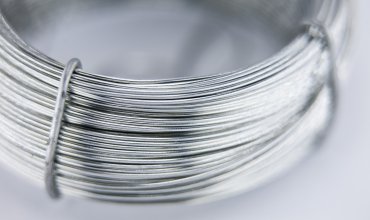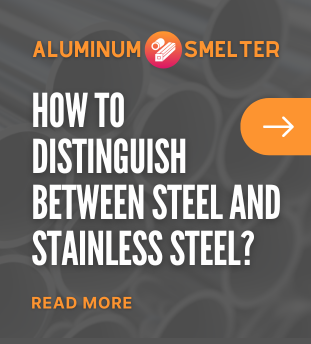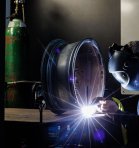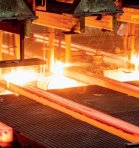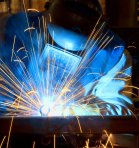Aluminum profiles are versatile components that are widely used in various industrial and construction fields. Their light weight, strength and corrosion resistance make them a common choice for many projects. But which aluminum profiles are best suited for specific applications? In this article, we will consider this question, providing comprehensive information on the different types of aluminum profiles and their specific applications in Polish realities.
What are aluminum profiles?
Definition and basic information
Aluminumprofiles are structural elements made of aluminum, which can be of various shapes and sizes, serving various purposes in industry and construction. Aluminum as a material is extremely versatile due to its physical properties - it is lightweight, corrosion-resistant and does not lose its properties even at low temperatures.
Aluminum profiles can be produced in a variety of forms, such as angles, channels, T-sections, tubes or rods. Each of these shapes has its own unique properties and applications, which we will discuss in this article.
Advantages of aluminum
Aluminum has a number of advantages that make it the material of first choice in many applications:
Lightweight - Aluminum weighs three times less than steel, making it extremely convenient to use for structures requiring ease of maneuverability and transportation.
Corrosion resistance - A natural oxide layer on the surface of aluminum protects it from corrosion, which is extremely important in outdoor environments.
Durability - Despite its light weight, aluminum is a strong material that can be used in heavy structures.
Ease of mach ining - Aluminum is easy to work with, which makes it possible to produce profiles with complex shapes.
Aluminum profiles in construction
Aluminum angles
Aluminumangles are among the most popular and versatile aluminum profiles used in the construction industry. Their main applications include support structures, frames and fastenings. Angles are sometimes used to reinforce the corners of structures and walls, which increases their stability and strength.
The advantage of using aluminum angles is their ease of installation - they are lightweight, which makes them easy to manipulate and install even with limited manpower. They are also weatherproof, so they are ideal for outdoor use.
Expert reviews indicate that aluminum angles are indispensable for the construction of urban and rural buildings, both industrial and residential. The high strength and flexibility of these profiles make it possible to implement even the most demanding projects.
Aluminum channels
Aluminum channels are another type of profiles that are widely used in the construction industry. They are mainly used as structural elements in the construction of load-bearing frames, suspended ceilings, as well as in steel and aluminum structures such as bridges, production halls and warehouses.
Aluminum channels are valued for their strength and stability. In addition, thanks to their "C" shape, these profiles make it possible to hide various installations (such as electrical wiring) inside their conduits, which is important for construction aesthetics.
Structural engineers emphasize that aluminum channels are irreplaceable in structures that require precise load distribution. Their strength and low dead weight contribute to construction efficiency and reduce costs associated with transportation and installation.
Aluminum profiles in industry
Aluminum tubes
Aluminum tubes are widely used in various industries, such as energy, automotive and aerospace. These tubes are lightweight, corrosion-resistant and have excellent conductive properties, making them ideal for transferring various media, including gases and liquids.
In the automotive industry, aluminum tubes are used for exhaust systems, engine cooling, and fuel and oil lines. In the power industry, on the other hand, they are used in the construction of masts and wind towers, where their low weight and high strength are invaluable.
Experts in the automotive industry point out that aluminum tubes contribute significantly to reducing the weight of vehicles, which has a direct impact on fuel economy and exhaust emissions. Their ease of machining also makes it possible to produce complex and precise components.
Aluminum rods
Aluminum ro ds are used in a wide range of industries, including machinery manufacturing, household appliances and construction. They are used as components of load-bearing structures, axles, shafts and in various mechanisms where a combination of lightness and strength is important.
These rods can be easily cut, bent and welded, which offers a wide range of possibilities in the design and implementation of various structures. In the engineering industry, aluminum rods are used as components in the manufacture of frames, gears and other mechanical components.
Engineering specialists emphasize that aluminum rods are a key component in the production of lightweight and robust machinery. Their use makes it possible to optimize structures in terms of durability and performance, which is extremely important in today's competitive industrial reality.
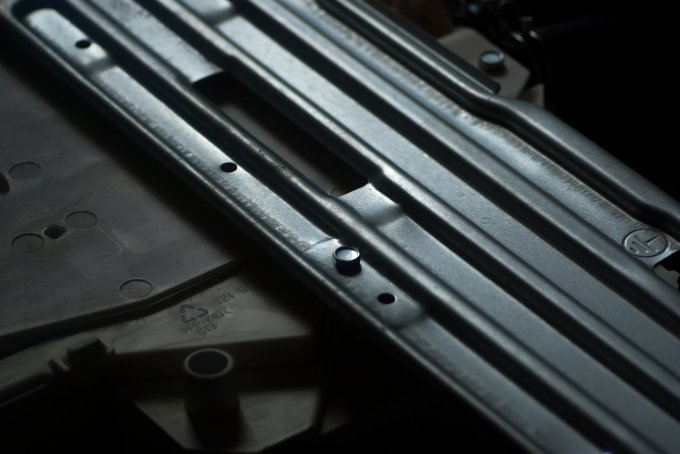
Aluminum profiles in decoration
Aluminum T-sections
Aluminum T -sections are widely used not only in building structures, but also in interior decoration. Thanks to their unique "T" shape, these profiles can be used to create aesthetic and functional decorative elements.
They are often used as finishing elements, for example, in window frames, door frames and as skirting boards. They can also be used to finish and reinforce wall corners, giving interiors a modern and neat look.
Decorators and interior designers emphasize that aluminum T-bars, thanks to their lightness and strength, are an easy material to install and work with. They can be anodized or powder-coated, which gives a wide range of design possibilities according to individual customer preferences.
Decorative profiles
Aluminum decorative profiles offer unlimited design possibilities for interior finishing. They can be used as trim, decorative elements on walls, ceilings and as furniture components.
Thanks to a wide range of shapes and colors, decorative profiles can be adapted to any interior style - from modern and industrial to classic and elegant. Aluminum is a material that can be easily molded, making it possible to create unique and personalized designs.
Professionals in the finishing industry appreciate aluminum decorative profiles for their versatility and aesthetics. Their use makes it possible to achieve high-quality finishes that enhance the aesthetic and functional qualities of interiors.
Aluminum profiles in technology
Aluminum technical profiles
Aluminumtechnical profiles are indispensable components in many technical projects. They are used in material handling systems, production lines, as well as in modular construction systems.
These profiles, thanks to their modular design, allow easy adaptation and modification of structures according to needs. They are widely used in industrial automation, where precise and durable components are required.
Engineers and technologists point out that aluminum technical profiles significantly speed up assembly processes and allow flexible workspace management. Their use contributes to increasing the efficiency of our production facilities and reducing costs associated with maintenance and infrastructure upgrades.
Aluminum profiles in design
Aluminumprofiles are also used in design, whether for small engineering projects or large infrastructure projects. Thanks to their flexibility and versatility, they can be used for prototyping, modeling and final products.
Engineers often choose aluminum profiles for projects where innovation and precision are key. Their use makes it possible to create high-quality structures that are also economical to manufacture.
Technological designers note that aluminum profiles enable the most advanced and sophisticated designs. Their use in the production of prototypes and the implementation of new technologies contributes to accelerating innovation processes and increasing competitiveness in the market.
Summary
Aluminum profiles are versatile and indispensable components in various fields of industry, construction and interior finishing. Their light weight, strength and corrosion resistance often make them the first choice for a variety of projects. The purpose of this article was to show which aluminum profiles are best suited for specific applications, providing comprehensive information on their use in Poland.
Thanks to the versatility of aluminum profiles, we can implement increasingly bold and innovative projects that contribute to the development of our economy and improve the quality of life. Aluminum is the material of the future, and its use in various industries is not only a fashion, but also an economic and ecological choice that brings benefits on many levels.
Aluminum profiles, whatever they may be, play a key role in our daily lives, affecting many aspects of our reality - from infrastructure and industry to the aesthetics and functionality of our interiors. We encourage you to explore their various applications and discover how they can contribute to your projects.


